Up-Boarding / Employee Training
What is Up-Boarding/Employee Training?
Up-Boarding and Employee Training is training a promoted employee for their new role as if they were a new hire, rather than assuming automatic proficiency.
Up-Boarding is most necessary when someone is transitioning to a largely different position than the one they have; one that would require skills not used in their previous position. An example might be an employee transferring to an entirely new department within the organization (such as a sales person moving into an accounting role), or someone with no managerial experience being promoted into a role with direct reports.
Example
We just promoted Sarah to manage her former team. She’s never had a management role before, so we’re making sure she gets proper up-boarding so she can effectively tackle this new challenge.
Frequently Asked Questions
- Is Up-Boarding different from Onboarding? While Onboarding covers the entire process of integrating, training, and giving feedback to a new hire during their first several months in a new position, Up-Boarding refers to the process of retraining an existing employee as part of a move to a new position within the organization. While the function is different, in practice Up-Boarding will have a largely similar day-to-day structure as Onboarding, as the employee being up-boarded will undergo training and integration into their new position in much the same manner as an outside hire would.
- When is Up-Boarding necessary? Generally speaking, most lateral or upward moves within an organization will require a degree of Up-Boarding – after all, the person moving into the new position will still need to integrate into a new team, learn the processes that go into their new job, and take time to acclimate even if they’re already technically part of the organization.However, Up-Boarding is most necessary when someone is transitioning to a largely different position than the one they have; one that would require skills not used in their previous position. An example might be an employee transferring to an entirely new department within the organization (such as a sales person moving into an accounting role), or someone with no managerial experience being promoted into a role with direct reports.
- How do you create an Up-Boarding program? Thankfully, relatively little work needs to be done to create stand-alone Up-Boarding programs, as most Up-Boarding can be largely adapted from existing Onboarding programs. A key facet of Up-Boarding is that even though the new person in the position comes from within the organization, it presumes that they’ll need the same training as if they were an outside hire – which means the employee training will match your Onboarding materials quite closely.
- Who is in charge of Up-Boarding? The person in charge of Up-Boarding will depend largely on who in your organization is responsible for managing the training part of your Onboarding programs. If it falls on the shoulders of HR to walk a new hire through training modules for a given position, then they’ll likely do the same even if the new person is transferring from within the company. Alternatively, if training is largely hands-on and done in hand with the Hiring Manager, then that Hiring Manager will still be in charge of Up-Boarding the existing employee as well.
PEOPLE-CENTERED PLATFORMS FOR A CHANGING WORLD
The workplace is evolving faster than ever before thanks to new HR solutions, rapidly developing technology, ever-present digital security threats, and more, and you need a partner that will help your organization stay agile and on top of the moment.
From strategic talent management to the best onboarding technology, Rival offers secure platforms that enable people to thrive in a changing workplace. Contact Rival today to talk to an expert to see how we can help you attract the best talent and keep them on board and performing up to your expectations.


















